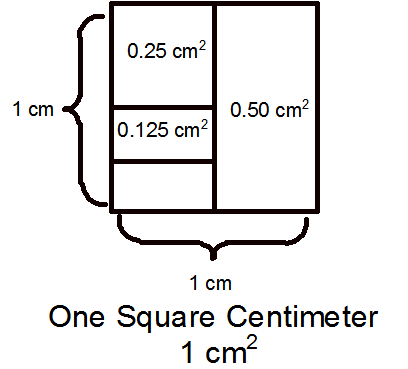In this lab you will build and use a super-sensitive balance made from ordinary materials. You will calibrate this balance using a high-tech lab balance but once you have done so you will be able to use it to find the mass of things like a single human hair (is the same length of your hair more or less massive than your partner’s?).
For success in this lab you must make a working scale that is accurate—that is, measurements get repeatable results when done by different people. You must also include a neat, easy to read data table which shows the mass of the objects you weigh in square centimeters of paper and in grams. Finally, you must answer the following questions:

By finding the mass of a single piece of paper and then finding out the mass of a single square centimeter of paper you can calibrate the balance you build. Using the squares of paper (and fractions thereof, see the picture at right) you can find the mass of various objects in terms of square centimeters of paper. Then you can calculate the mass by converting from square centimeters of paper to grams.
Build a balance like the one your teacher shows you. In short, do the following: Use two notecards to make a support. Punch holes (using a standard hole punch) for the straw to be suspended from. Use the two straight pins to balance the straw in the holes so that it is level when nothing has been placed on the balance. You may not be able to do this without making some adjustments. Use a single, small piece of masking tape as a counter-weight to get the straw level.
Find the mass of a piece of paper. You may get more accurate results by weighing more than one piece and then dividing by the number of pieces. Calculate the mass of 1 cm2 after finding the area of one piece of paper. Manufacture a series of standard masses by cutting out pieces with an area of 1 cm2, 0.75 cm2 (¾), 0.5 cm2 (½), 0.25 cm2 (¼), and 0.125 cm2 (1/8). Use the picture at right to help you determine how to make the smaller pieces. Now use the balance to find the mass of the objects your teacher provides.
Write a brief report (4 - 6 paragraphs) describing what you did. Provide your measurement results in a table. Answer the questions fully: each will require one or more paragraphs of good writing.
You will be graded on the quality of your writing, the profesionalism of your work’s appearance, the utility of your lab balance, and the repeatability of the measurements you make with it. Consideration will be given to creative designs.